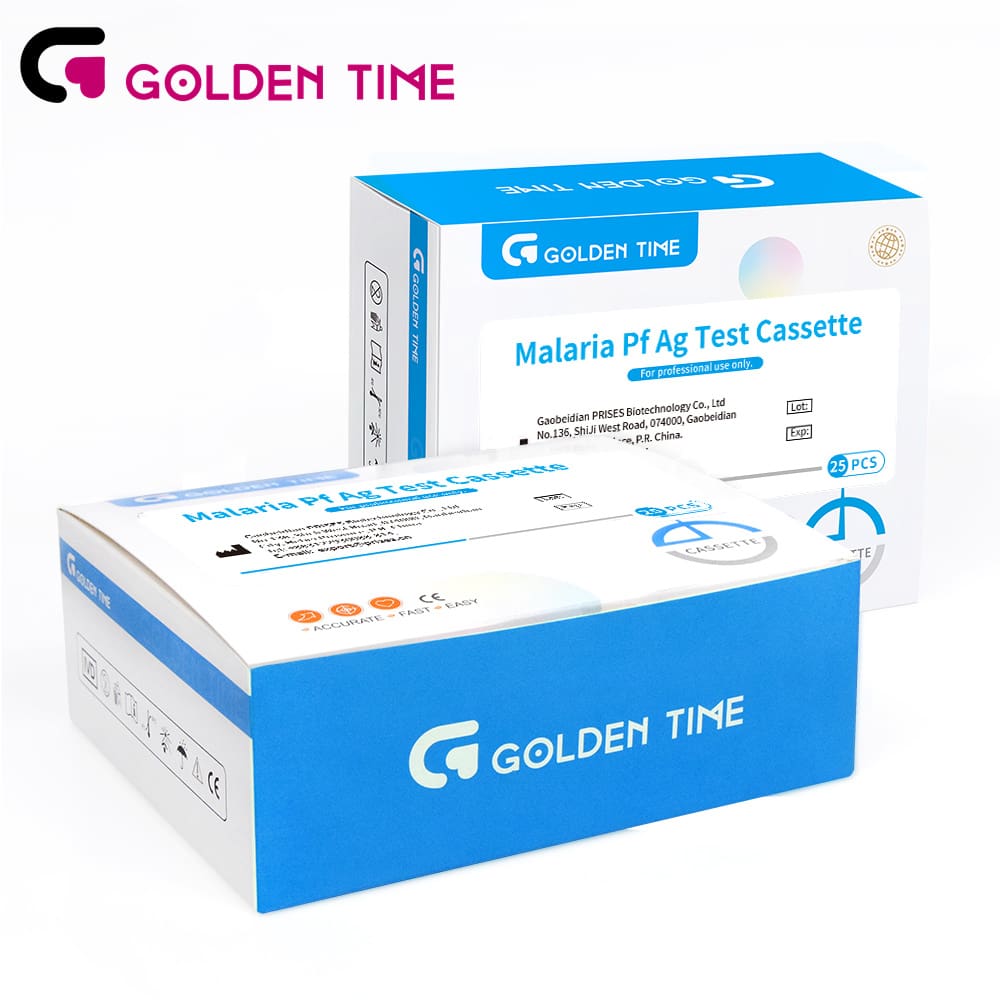Desemba . 10, 2024 00:42 Back to list
Understanding Flu Diagnostic Tests for Accurate Detection and Treatment Options
Understanding Flu Diagnostic Tests A Comprehensive Guide
Influenza, commonly known as the flu, is a viral infection that affects millions of people globally each year. While it often resolves on its own, in some cases, it can lead to severe complications, especially in vulnerable populations. To manage flu effectively, accurate diagnosis is crucial. This article explores the different types of flu diagnostic tests available, their methodologies, and their significance in public health.
Types of Flu Diagnostic Tests
Flu diagnostic tests can be broadly categorized into two main types rapid tests and laboratory-based tests
. Each has its own advantages and limitations.1. Rapid Influenza Diagnostic Tests (RIDTs) RIDTs are antigen-based tests that detect specific proteins from the influenza virus in respiratory specimens. They are relatively quick, providing results within 15 to 30 minutes, making them popular in outpatient settings. However, their accuracy can vary; while some RIDTs show high specificity, their sensitivity is often lower than that of laboratory tests. Consequently, negative results in patients with a high clinical suspicion of influenza may require further testing.
2. Reverse Transcription Polymerase Chain Reaction (RT-PCR) RT-PCR is the gold standard for flu diagnosis. This test detects the genetic material of the influenza virus, offering high sensitivity and specificity. Although RT-PCR takes longer to process and requires specialized laboratory equipment, it is capable of differentiating between various strains of the influenza virus, including seasonal and pandemic strains. This is particularly important for public health surveillance and response.
3. Viral Culture Viral culture involves growing the virus from a sample taken from a patient to confirm infection. While it is highly accurate, viral culture is not commonly used for immediate diagnosis due to the time it takes—typically several days. However, it remains valuable for research and understanding the characteristics of circulating strains.
4. Other Molecular Tests In addition to RT-PCR, several other molecular tests have gained popularity in recent years. These include isothermal amplification tests, which can offer rapid results similar to RIDTs but with higher sensitivity. As technology advances, we can expect even more innovative diagnostic methods to emerge.
Importance of Accurate Flu Diagnosis
flu dignostic test

Accurate flu diagnosis is critical for several reasons
- Timely Treatment Antiviral medications are most effective when administered within the first 48 hours of symptom onset. Quick and accurate testing allows healthcare providers to initiate treatment promptly, reducing the risk of complications.
- Infection Control Identifying flu cases helps implement appropriate infection control measures, especially in healthcare settings. This can prevent outbreaks among vulnerable populations, such as the elderly and immunocompromised individuals.
- Public Health Surveillance Accurate diagnostic testing plays a vital role in monitoring flu activity and trends. This information is essential for vaccine formulation, especially given the virus's tendency to mutate rapidly.
- Distinguishing from Other Illnesses Symptoms of influenza can mimic those of other respiratory infections, including COVID-19. Accurate diagnosis ensures that patients receive the appropriate care, reducing the risk of mismanagement.
Conclusion
Flu diagnostic tests are indispensable tools in managing and controlling the influenza virus. With various testing methods available, healthcare providers can choose the most appropriate approach based on the clinical scenario and the resources at hand. As we continue to combat flu outbreaks, advancements in diagnostic technology will undoubtedly enhance our ability to detect and respond to this pervasive virus. Staying informed about flu testing options can empower patients and healthcare providers alike in the ongoing effort to minimize the impact of influenza on public health.
In summary, while the flu remains a common illness, accurate and timely diagnosis through various flu diagnostic tests significantly enhances patient outcomes and public health initiatives, paving the way for a healthier future.
-
Dengue NS1 Rapid Diagnostic Test Kit
NewsMar.07,2025
-
Dengue NS1 Rapid Diagnostic Test Kit
NewsMar.07,2025
-
Dengue NS1 Rapid Diagnostic Test Kit
NewsMar.07,2025
-
Transferrin Rapid Test Cassette Tumor Marker TF Card
NewsMar.07,2025
-
Malaria Pf Pan Rapid Diagnostic Test Kit
NewsMar.07,2025
-
malaria pf / pan ag rapid test
NewsMar.07,2025

